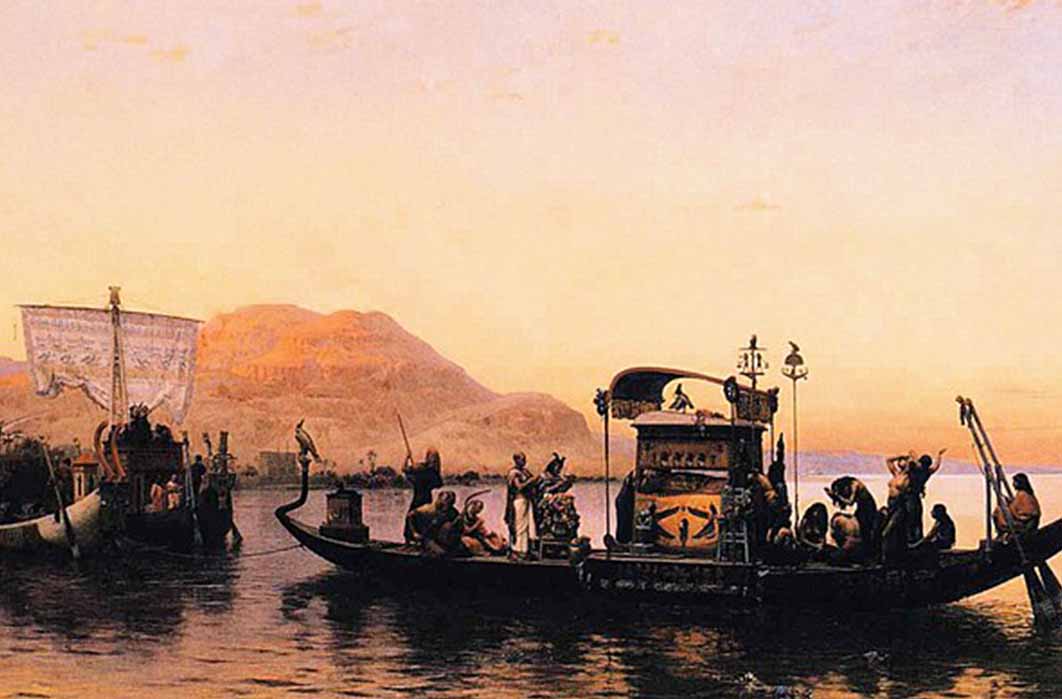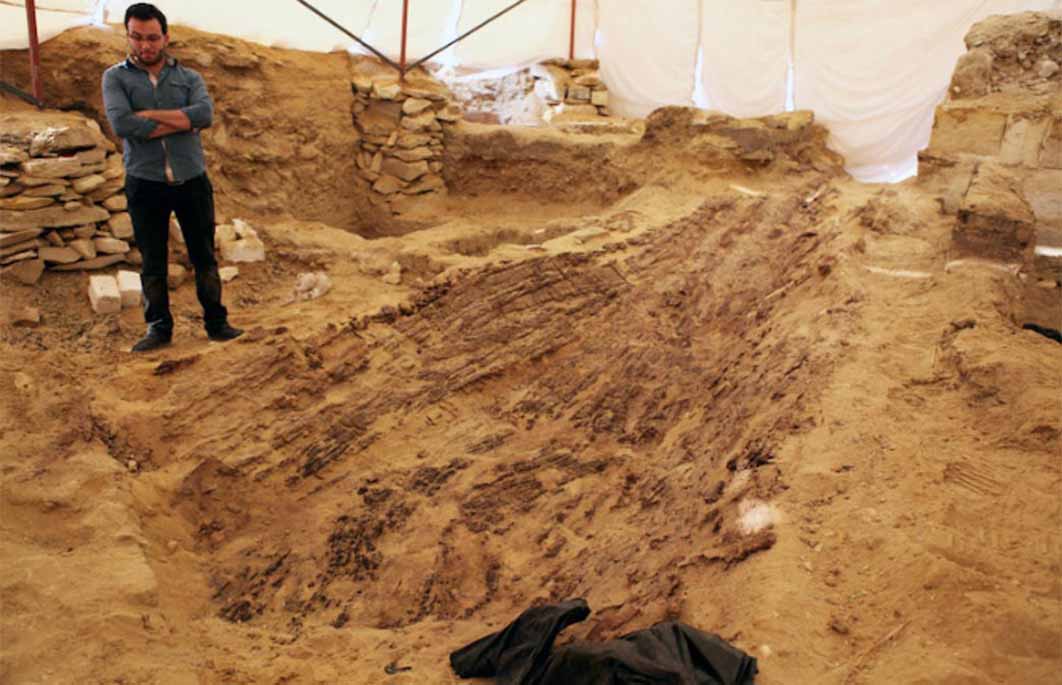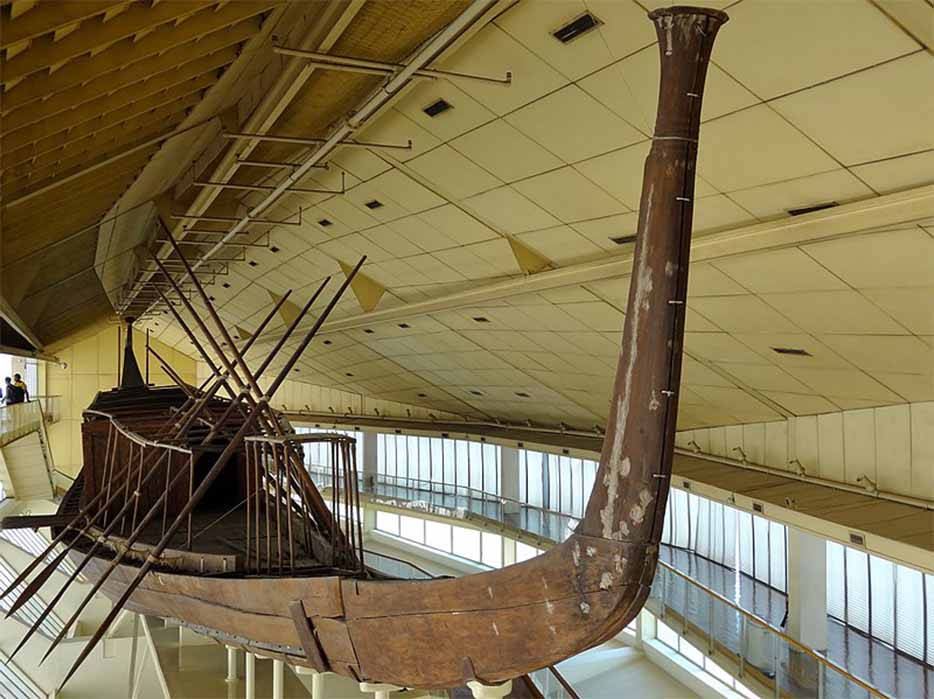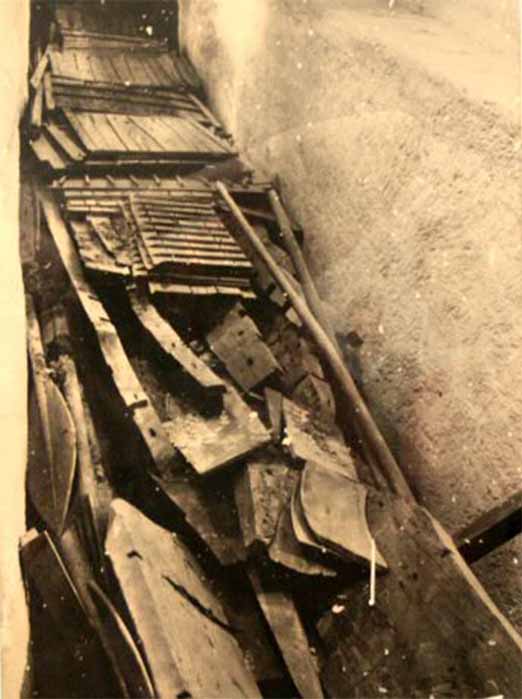
The Dead Below Deck: Funerary Boat Customs
Archaeologists discovered a 5,000-year-old Egyptian funerary boat, measuring 60 feet (18 meters), that was so well preserved that it still had intact plant fibers attached to it, in 2016. Found near the pyramids in Abusir, the interesting thing is that it was found in a tomb and not in an area where water once existed. Obviously, there is controversy surrounding the dates of some Egyptian monuments, and authors like Graham Hancock have speculated that some of them date to later than 12,000 BC, when the area was not an arid desert but a fertile landscape with water and trees, but in this particular case, the boat was positively dated.

The Abusir boat (Egyptian Ministry of Antiquities)
Egyptian Funeral Barges
This particular find demonstrates something unusual, that the use of boats in Egypt in conjunction with funerals was widespread, and such boats were not just reserved for royalty. That leads to an interesting question: Why do boats play an important role in funerary practices? Egyptologists claim ignorance, but during the Old Kingdom Period, pharaohs requested that several boats be buried in or near their tombs, indicating that this practice was not just commonplace, but extremely important. Another tomb near King Khufu’s pyramid housed a 144-foot-long (44 meters) boat, and there are countless other examples.

Reconstructed Khufu solar barge. Now moved to Grand Egyptian Museum (Olaf Tausch /CC BY-SA 3.0)
One archaeologist, when questioned, claimed, “Some think the boats were needed to follow the sun god Ra through the sky every day, but boats in the sky still do not seem to make a lot of sense with our modern religious and spiritual ideas. Really, we do not know exactly why the Egyptians needed boats when they died, but it seems that they all did. Some could afford their construction, but the commoners could not. In such cases, some had smaller boats crafted and placed in their tombs or coffins.” Such boats were mostly only a few feet long and they were miniatures of the larger versions, but with similar detail. Some had models of people rowing the boat and ropes and all the features of the larger (real) versions.
It should be noted that the common perception of Egyptian death as portrayed in history textbooks is often incomplete. The elaborate mummification practices used for the elite is the only practice typically described, but most Egyptian citizens could not afford such treatment, so it did not happen, and treatment itself was constantly changing, through the beginning of the Predynastic Period (ca. 4300-3000 BC) through the Late Period (ca. 664 - 332 BC). In general, however, poor Egyptians were buried directly in the sand where they naturally desiccated, while the rich had more extensive rituals and mummification processes associated with their deaths.

The Khufu solar barge shortly after its discovery (Bradipus /CC BY-SA 3.0)




